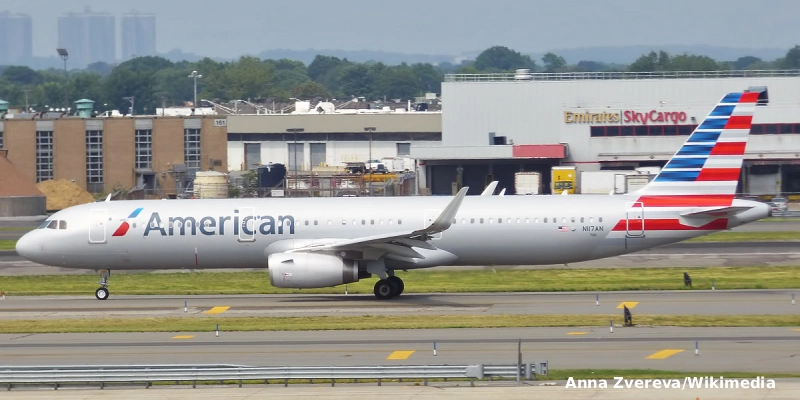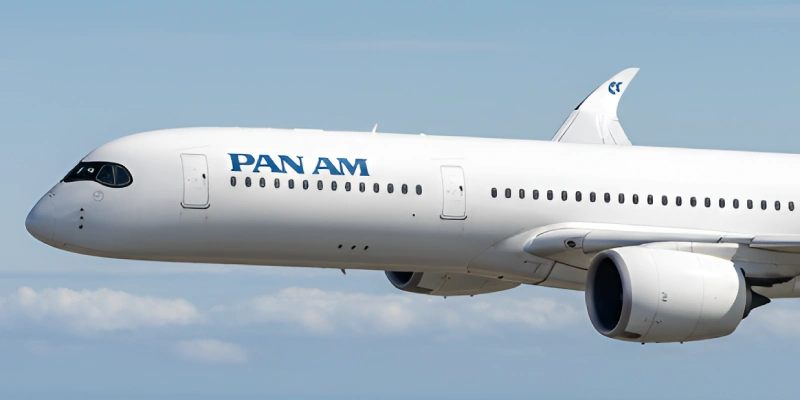Wet-lease operator Hi Fly reported Monday that the company’s Airbus A340-300 landed on an Antarctic ice runway, the first time the four-engine aircraft has performed such an operation.
The aircraft flew from Cape Town, South Africa, to Wolf’s Fang runway, a distance of about 2,500 nm, on Nov. 2.
Hi Fly says it uses the aircraft to transport tourists, scientists and cargo to Antarctica.
→ The unusual case of triple air hijacking in Venezuela.
“Its exceptional range coupled with its four engines make it ideal for such remote operations,” the company said.
The airline noted that the scheduled cargo included 23 passengers and ground support equipment, to help set up the Antarctic operation, carried in the cargo hold.
Hi Fly said the aircraft was a variant with a maximum takeoff weight of 275 tons, and carried 77 tons of fuel because there are no refueling facilities at Wolf’s Fang.
Communication was via ADS watch and controller-pilot data link up to about 250nm from the destination, and the crew switched to a local VHF radio contact at about 180nm.
Wolf’s Fang is located at a latitude of about 71° south, which meant the crew had to use a true, rather than magnetic, heading reference beyond 65° south.
→ How was fly in luxurious Boeing 377 Stratocruise?
“When you fly to the end of the world you often need to make sure that the actual weather matches the predicted weather,” says Hi Fly vice president Carlos Mirpuri, captain of the flight.
He says weather data from Wolf’s Fang was transmitted via ACARS via Lisbon, where Hi Fly’s main operation is based, and the crew also receives friction data for the 3,000-meter ice runway.
The necessary fueling allowed the A340 to make the approach with a maximum landing weight of 190 tons.
Mirpuri said there is “tremendous” reflection from the surface and goggles are needed to help switch between the inner and outer view.
“The non-flying pilot has an important role in making the usual and additional calls, especially in the later phases of the approach,” he added.
“There is also no visual guidance of the glide path, and the mix of the runway with the surrounding terrain and the vast white desert all around makes altitude judgment a challenge.”
Mirpuri said the A340 landed smoothly and, although the turnaround was scheduled for 3 hours, it was accomplished in “much less time.”
“The takeoff was accomplished without incident, as was the return flight. All the objectives of this first flight have been met.”
Related Topics
Delta and Aeroméxico Challenge U.S. Decision to Terminate Their Joint Venture
How American Airlines Trains Its Pilots to Fly Airbus A321XLR over North Atlantic
Pan Am Prepares for Its Return: Legendary Airline Seeks FAA Certification to Fly Again
Spirit Airlines: Failed Attempt to Reinvent Itself as a More “Premium” Airline Reveals Challenges Facing the Low-Cost Model

Plataforma Informativa de Aviación Comercial con 13 años de trayectoria.




